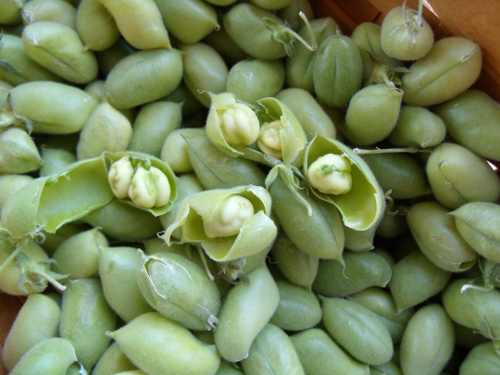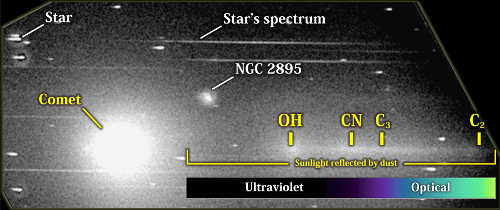- Lake County News reports
WATER: DWR increases State Water Project Allocation to 60 percent
SACRAMENTO – The Department of Water Resources (DWR) on Monday estimated it will be able to deliver 60 percent of requested State Water Project (SWP) water this year.
This is up from the 50 percent delivery estimate – or allocation – announced on Feb. 22.
Originally, DWR projected in November that it would be able to supply 60 percent of the slightly more than 4 million acre-feet of SWP water requested, but a dry December, January and February dropped that figure to 50 percent.
Monday’s increase is due to an unusually wet March and higher-than-average reservoir storage carried over from last winter.
“This is good news for our water supply as we approach summer’s peak-demand period,” said DWR Director Mark Cowin. “But we must remember that we still had a dry winter despite a partial recovery in March, and we need to be prepared for a potentially second consecutive dry year in 2013, when reservoir storage would be reduced.”
A 60 percent allocation is not unusually low.
Wet conditions last year allowed the SWP to deliver 80 percent of the slightly more than 4 million acre-feet requested by the 29 public agencies that supply more than 25 million Californians and nearly a million acres of irrigated farmland. An acre-foot is 325,851 gallons of water, enough to cover one acre to a depth of one foot.
The final allocation was 50 percent in 2010, 40 percent in 2009, 35 percent in 2008, and 60 percent in 2007.
The last 100 percent allocation – difficult to achieve even in wet years due to pumping restrictions to protect threatened and endangered fish – was in 2006.
Last month’s allocation-boosting storms came after unusually dry conditions up and down the state.
Much of California’s water comes from the mountainous country from Shasta Lake in the north to the American River in the south.
DWR’s precipitation gages covering this area recorded an impressive 130 percent of average rainfall in October, but only 43 percent in November, four percent of average in December, 84 percent of average in January, and 38 percent of normal in February. March, however, came in at 228 percent of normal.
Precipitation gages in the San Joaquin basin recorded125 percent of the average monthly precipitation for October, 32 percent for November, zero percent for December, 80 percent for January, and 35 percent for February. March recorded 110 percent of normal.
The mountain snowpack shows a north-to-south variance in this winter’s weather patterns. Water content in the statewide snowpack is only 68 percent of normal for the date, whereas the reading in the northern ranges is 101 percent of normal.
Reservoir storage remains high, largely due to carryover from last winter.
Lake Oroville in Butte County, the State Water Project’s principal reservoir, is at 110 percent of average for the date (88 percent of its 3.5 million acre-foot capacity).
Lake Shasta north of Redding, the federal Central Valley Project’s largest reservoir with a capacity of 4.5 million acre-feet, also is at 110 percent of average (93 percent of capacity).
Statewide snowpack readings from electronic sensors are available on the Internet at http://cdec.water.ca.gov/cgi-progs/snow/DLYSWEQ .
Electronic reservoir level readings may be found at http://cdec.water.ca.gov/cdecapp/resapp/getResGraphsMain.action .

 How to resolve AdBlock issue?
How to resolve AdBlock issue? 
























